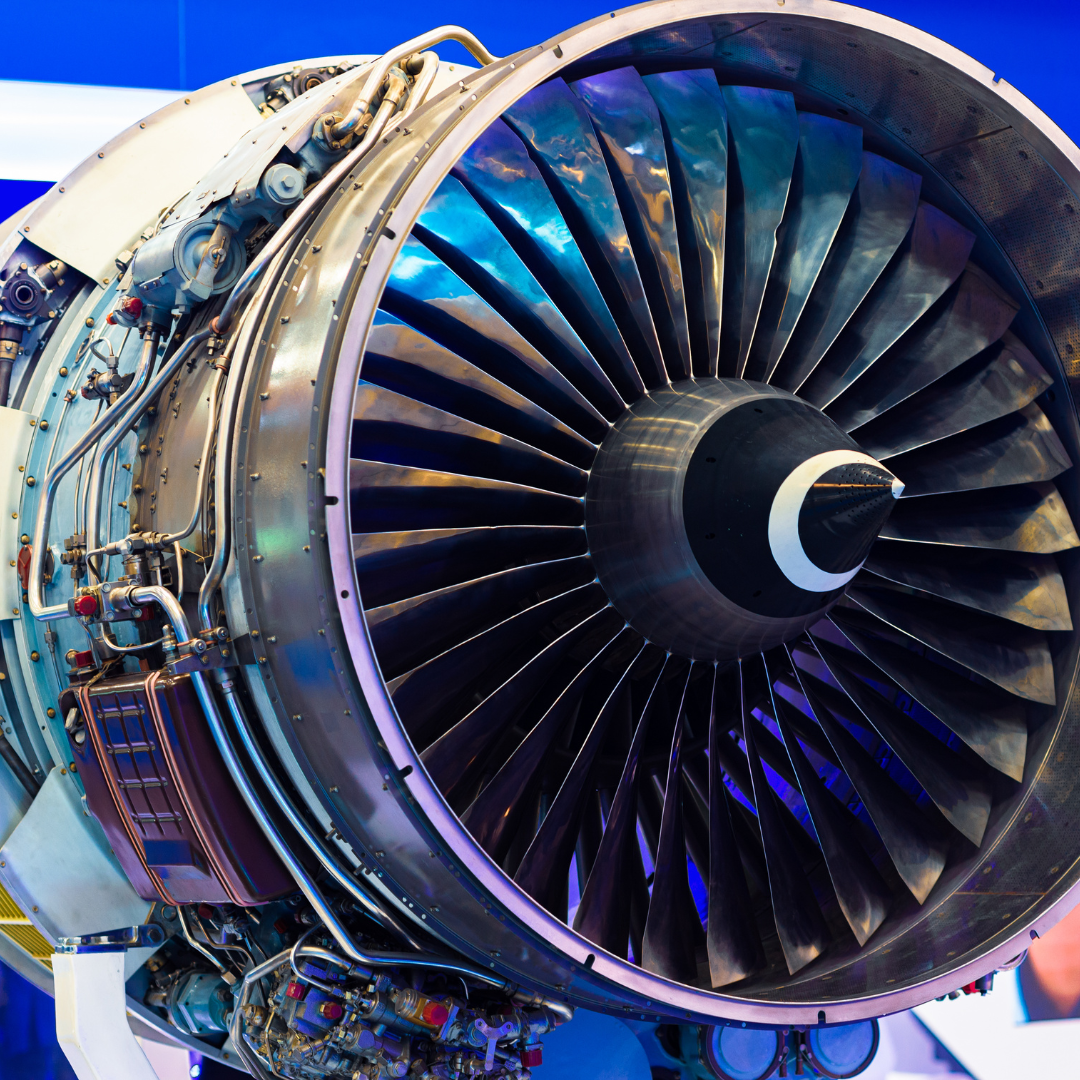Maximizing the Value of Your Private Plane: Maintenance, Upgrades, and Investment Tips
Owning a private aircraft is a big investment, and to get the most value, owners need to focus on proper care and smart decisions. This includes regular maintenance to ensure safety and longevity, as well as thoughtful upgrades to improve performance and comfort. In this blog, we cover best practices for maintenance, advanced avionics, interior and performance upgrades, and investment tips. Our goal is to help owners maintain their aircraft’s value while maximizing resale potential and return on investment, with practical insights supported by industry data and manufacturer recommendations.
Maintenance Best Practices for Private Aircraft
Regular maintenance is essential to keep your plane safe, reliable, and valuable. Following service schedules, addressing issues early, and taking preventive steps will ensure optimal performance and higher resale value. One key practice is to follow the manufacturer’s maintenance schedule, which includes specific timelines for inspections and part replacements.
By sticking to these schedules for engine checks, airframe inspections, and avionics testing, you can prevent critical services from being overlooked, avoid costly failures, and preserve your aircraft's value. Skipping or delaying maintenance can lead to compounded issues and potentially violate airworthiness requirements.
Sources include Lead Grow Develop and Essex Aviation.
Conduct Regular Inspections and Preventive Maintenance
Beyond major inspections, regular check-ups and preventive maintenance are key. Frequent minor inspections, like pre- and post-flight walkarounds, oil changes, tire checks, and avionics self-tests, help catch small issues before they escalate into bigger problems. Source: Primeis
Advanced systems and portable diagnostic tools can continuously track engine performance, alerting you to potential issues. This predictive maintenance helps replace or repair parts before failure, improving safety and reducing downtime.
Address Common Maintenance Issues Proactively
As aircraft age and accumulate flight hours, certain issues become more common. Proactively addressing these problems can save money and protect the plane's integrity. A major concern is corrosion, which affects metal parts like the airframe, control cables, and engine components, especially in humid or coastal areas. If left untreated, corrosion can lead to structural failures and costly repairs. Source: FAA and Source: Flying Magazine
To prevent corrosion, regularly inspect areas like landing gear wells, rivets, and under the floorboards. Immediate treatment, such as cleaning or applying corrosion inhibitors, can help. Keeping the aircraft clean and storing it properly also aids in prevention.
Other common issues include engine wear, oil leaks, and avionics problems. Following service bulletins and replacing worn parts during scheduled maintenance helps avoid major issues. Fixing small problems early ensures better safety, performance, and resale value.
Utilize Qualified Maintenance Personnel and Facilities
Even the most diligent owner needs certified professionals for major maintenance tasks. Always rely on licensed Airframe & Powerplant (A&P) mechanics or authorized service centers for significant repairs. These professionals are equipped with the latest tools and training, ensuring compliance with Airworthiness Directives (ADs) and Service Bulletins, which are crucial for safety and legality. Skipping AD compliance can reduce your plane's market value and possibly ground it. Source: Lead Grow Develop
Upgrades: Avionics, Interior, and Performance Enhancements
Upgrading your private plane can boost its capability, comfort, and resale value. Technological advancements now allow older planes to be retrofitted with modern systems and amenities. However, it's important to select upgrades that align with your needs and offer a strong return on investment.
Avionics Upgrades: Modernizing the Cockpit
Avionics upgrades can significantly enhance safety, navigation, and resale value. Key upgrades include glass cockpit displays like the Garmin G1000 NXi, advanced autopilots, ADS-B Out transponders, and in-flight Wi-Fi. These improvements reduce pilot workload, enhance situational awareness, and ensure regulatory compliance. Additionally, adding connectivity options like Wi-Fi can increase passenger satisfaction and improve resale value. Source: Aircraft Exchange
Interior Upgrades: Comfort and Aesthetics
Interior upgrades can transform the passenger experience, making the cabin more comfortable and luxurious. Upgrades such as premium seating, new materials like carbon fiber, and enhanced cabin management systems can refresh the look and feel of your aircraft. Adding in-flight entertainment or Wi-Fi makes the plane more attractive to business travelers. A tasteful, neutral design enhances resale appeal. Source: PNC
Performance Upgrades: Efficiency and Capability
Performance upgrades improve fuel efficiency, speed, and range. Popular modifications include winglets, engine retrofits, and propeller upgrades, which reduce drag, enhance climb rates, and improve fuel economy. These modifications can extend an aircraft's lifespan and improve its competitiveness in the market. Source: Aviation Consumer
Strategic Investment Tips for Aircraft Value Retention
Maximizing the value of a private plane requires smart asset management. Aircraft are high-value assets that fluctuate in the market, so owners should consider both technical and financial factors when making maintenance and upgrade decisions. This includes understanding market trends, resale considerations, and the cost-benefit of modifications. A strategic approach ensures you enjoy a well-maintained aircraft while protecting or enhancing its value.
Understanding Market Trends in Private Aviation
The private jet market is influenced by economic conditions, demand for specific models, and global events. For example, after 2020, demand for private travel soared, driving up used jet prices. Conversely, economic downturns or market oversupply can lower prices.
Long-term projections for business aviation are strong, with the market expected to nearly double between 2024 and 2029, reaching nearly $30 billion (Intelsat). However, short-term fluctuations, like the 10% drop in pre-owned jet values in 2023, can occur due to market adjustments (GuardianJet).
Timing is crucial. In a seller’s market (high demand, low supply), aircraft can sell for top dollar, even without heavy upgrades. In a buyer’s market (more supply, lower prices), upgrades and maintenance can help your plane stand out.
Model-specific trends also matter. Planes with newer engines or avionics hold value better. Also, technological and regulatory changes, like the ADS-B Out mandate, can affect market demand and pricing. Aircraft already equipped with such upgrades are more attractive, while those without may face a thinner buyer pool.
Staying informed on market conditions and regulatory shifts helps you make smarter decisions when buying, selling, or upgrading. Sources include intelsat.com and guardianjet.com.
Maximizing Resale Value of Your Aircraft
Whether you're planning to sell or not, maintaining your plane to maximize its resale value is smart. A well-kept, market-ready aircraft is like an insurance policy for your investment.
Keep Organized Maintenance Records: Buyers prioritize a complete and organized logbook. Regular documentation of repairs and inspections boosts buyer confidence and can increase the sale price (source: CLA Aero).
Timely Upgrades: Ensure mandatory upgrades (like ADS-B) are done on time. Unfinished upgrades can deter buyers and lower your plane’s value. Proactive upgrades prevent price reductions during negotiations (source: Corporate Jet Investor).
Smart Cosmetic Updates: A fresh paint job and updated interior can make your plane more attractive. Modern, neutral colors and high-quality materials appeal to more buyers and can help it sell faster (source: CLA Aero).
Avoid Over-Personalization: Highly customized interiors may limit your buyer pool. If you make changes, choose reversible or more universal upgrades, or be ready to offer a discount (source: Corporate Jet Investor).
Highlight Upgrades in Marketing: When selling, make sure to list and describe your aircraft's enhancements—like new avionics or upgraded engines. Highlighting these can justify a higher asking price (source: CLA Aero).
Maintain Flyable Condition: Regularly flying your plane keeps it in better condition and more attractive to buyers. A plane that's been stored for too long may raise doubts about its condition (source: Corporate Jet Investor).
In summary, maintain your plane as if you were the buyer. Keeping it in top condition ensures that when it’s time to sell, it stands out and commands the highest value. Sources include: cla.aero and corporatejetinvestor.com.
Cost-Benefit Analysis of Aircraft Modifications
Upgrades and major maintenance (like engine overhauls) can be costly, so it's crucial to weigh their financial return. Most upgrades won’t fully pay for themselves in resale, but they can enhance the aircraft’s safety, functionality, or comfort. Here's a breakdown:
Separate Personal and Market Value: Some upgrades, like inflight Wi-Fi, enhance your experience but may not fully recover costs in resale. Avionics upgrades tend to hold decent value (50-80%), while interior upgrades typically offer a lower ROI (often 50% or less) but improve the plane's marketability (source: AvBuyer, CLA Aero).
Ownership Timeframe: For long-term owners, upgrades may pay off through improved safety, efficiency, or cost savings. For short-term owners, larger upgrades may not offer enough resale return, making smaller improvements more practical (source: CLA Aero).
Evaluate Operational Savings: Some modifications, like winglets or updated avionics, save on operating costs (e.g., fuel, maintenance, insurance). These savings can offset the upgrade costs over time (source: CLA Aero).
Avoid Over-Capitalizing: Spending excessively on upgrades that push the aircraft's value beyond its market segment can hurt resale. For example, adding a $1 million interior to an older jet might not justify the price increase, as buyers would prefer a newer jet (source: AvBuyer).
Consult Experts: If unsure, an appraiser or broker can provide insights on how specific upgrades affect value. They can help avoid unnecessary spending (source: Pilots of America).
Sources include: avbuyer.com, cla.aero, and pilotsofamerica.com.
Conclusion
Maintaining and upgrading your private aircraft requires a strategic approach to ensure safety, reliability, and value retention. Regular maintenance, timely upgrades, and addressing common issues proactively not only keep the aircraft in optimal condition but also enhance its resale potential. Prioritize manufacturer-recommended schedules, consider cost-effective modifications, and choose upgrades that provide both personal benefits and a reasonable return on investment. When selling, maintaining organized records, completing mandatory upgrades, and making smart cosmetic changes can make a significant difference in securing a higher resale price. Staying informed about market trends and consulting experts ensures your investment is protected while maximizing its value for the long term.
Tips
Follow Manufacturer’s Maintenance Schedule
Perform Regular Inspections and Preventive Maintenance
Address Common Issues Proactively
Use Qualified Maintenance Professionals
Upgrade Avionics for Safety and Compliance
Focus on Smart Cosmetic Upgrades
Avoid Over-Customization
Keep Detailed Maintenance Records
Consider Cost-Effective Performance Upgrades
Monitor Market Trends and Timing
Evaluate Upgrade ROI Based on Ownership Plans
Consult Experts for Advice

